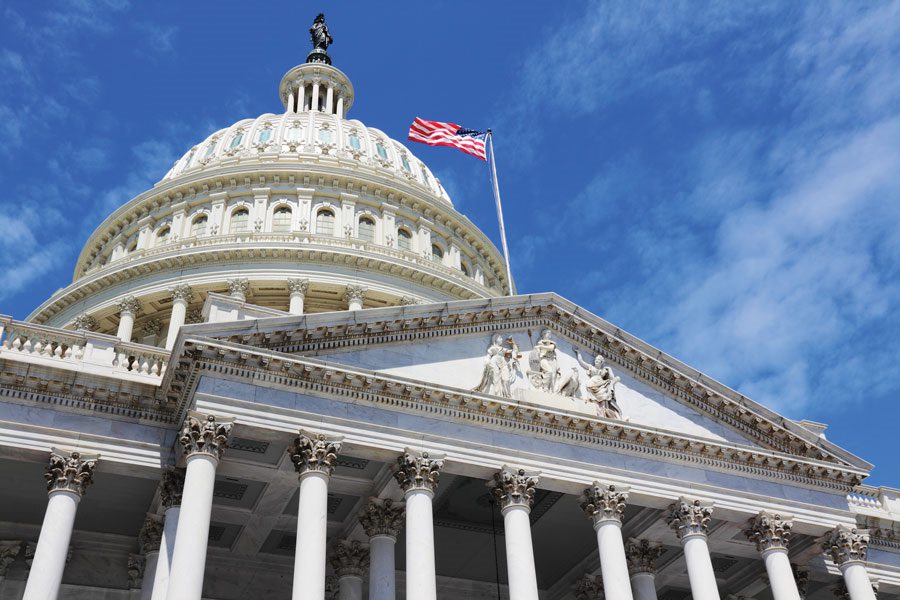

Signed into law in the waning days of 2022, the SECURE 2.0 Act is a cornucopia of savings- and retirement-related rules that are sure to please lots of people. Among its 92 provisions are changes that help younger people continue saving while paying off student debt, an increase in the age at which retirees must begin taking required minimum distributions from IRAs and 401(k)s, increases in the size of catch-up contributions for older workers with workplace plans, and fewer restrictions on moving retirement accounts from employer to employer.
Digesting everything in the new law — the summary of which alone fills 19 single-space pages — will take some time. Financial advisors will have plenty of interpreting and educating to do, aided by expert staff at broker-dealers, custodians and asset management firms who are working to provide the answers. Backing them up are flotillas of lawyers, accountants and software companies that probably should send thank-you notes to Congress for the bonanza of revenue coming their way.
Senators and representatives can pat themselves on the back for coming up with a law that seems to please everyone, but does passage of the SECURE 2.0 Act actually represent the bipartisanship lawmaking that many Americans claim to want? Yes and no.
Yes, in the sense that the law combines elements both parties sought. For example, Democrats got provisions aimed at lower- and middle-income earners, who will have greater flexibility in saving for retirement, while Republicans won changes that help the more affluent, including the increase in the starting age for RMDs and having the ability to transfer unused 529 funds to a Roth IRA.
Some of the more partisan ideas that were floated late in the legislative process didn’t make it into the final bill. But instead of the old-fashioned kind of bipartisanship many remember, in which both sides engaged in give-and-take and compromised to come up with a law that both pleased and disappointed those who crafted it, the creation of this legislation was more like the TV game show “Supermarket Sweep.”
Metaphorically, Republicans and Democrats ran through the aisles and threw everything they wanted into one shopping cart, producing legislation that was practically all take and no give. Bipartisanship of this type is easy since everyone gets what they want, but it has its downside.
While millions will benefit from its provisions, the SECURE 2.0 Act is an incoherent grab bag that most legislators didn’t have time to read or understand before they voted. As a result, the law undoubtedly contains inconsistencies that will emerge over time and require legislative fixes and regulatory adjustments.
The law also will make our already mind-numbingly complex tax code even more arcane and cumbersome. All those long-lasting ripple effects of the law add to the growing distrust of government and the sense — among those on the right, left and in the center — that something has gone amiss, and the nation is on the wrong track.
So, two cheers for the SECURE 2.0 Act. Let’s hope its upside outweighs the down.

Rajesh Markan earlier this year pleaded guilty to one count of criminal fraud related to his sale of fake investments to 10 clients totaling $2.9 million.

From building trust to steering through emotions and responding to client challenges, new advisors need human skills to shape the future of the advice industry.

"The outcome is correct, but it's disappointing that FINRA had ample opportunity to investigate the merits of clients' allegations in these claims, including the testimony in the three investor arbitrations with hearings," Jeff Erez, a plaintiff's attorney representing a large portion of the Stifel clients, said.

Chair also praised the passage of stablecoin legislation this week.

Maridea Wealth Management's deal in Chicago, Illinois is its first after securing a strategic investment in April.
Orion's Tom Wilson on delivering coordinated, high-touch service in a world where returns alone no longer set you apart.
Barely a decade old, registered index-linked annuities have quickly surged in popularity, thanks to their unique blend of protection and growth potential—an appealing option for investors looking to chart a steadier course through today's choppy market waters, says Myles Lambert, Brighthouse Financial.
